You might not be familiar with Shaanxi, a province in northern China, an ancient land steeped in history and legend.
As you can imagine, there is a lot to see, do and taste in Shaanxi, but before we dive in, here’s a quick backstory to fill you in…
The largest city, Chang’an (today called Xi’an), served as the unified country’s first capital in 221 B.C. Xi’an was also the strategic starting point of the Silk Road in 130 B.C., to facilitate trade between China and Europe. Xi’an has inspired significant advances in commerce, education, philosophy, poetry, and more, and was considered on equal footing with ancient Rome. For 10 dynasties it exerted influence on the surrounding regions, with the golden age being the Tang Dynasty (618-907 A.D.).
Today you can find well-preserved architecture and culture that has lasted for centuries – surviving war, earthquakes, and floods.
Any visit to China is not complete without spending at least a week or more exploring Shaanxi province. All you need is your camera, a hungry tummy and an active imagination. Let’s take a closer look at 12 unmissable things to do on your first trip to Shaanxi.
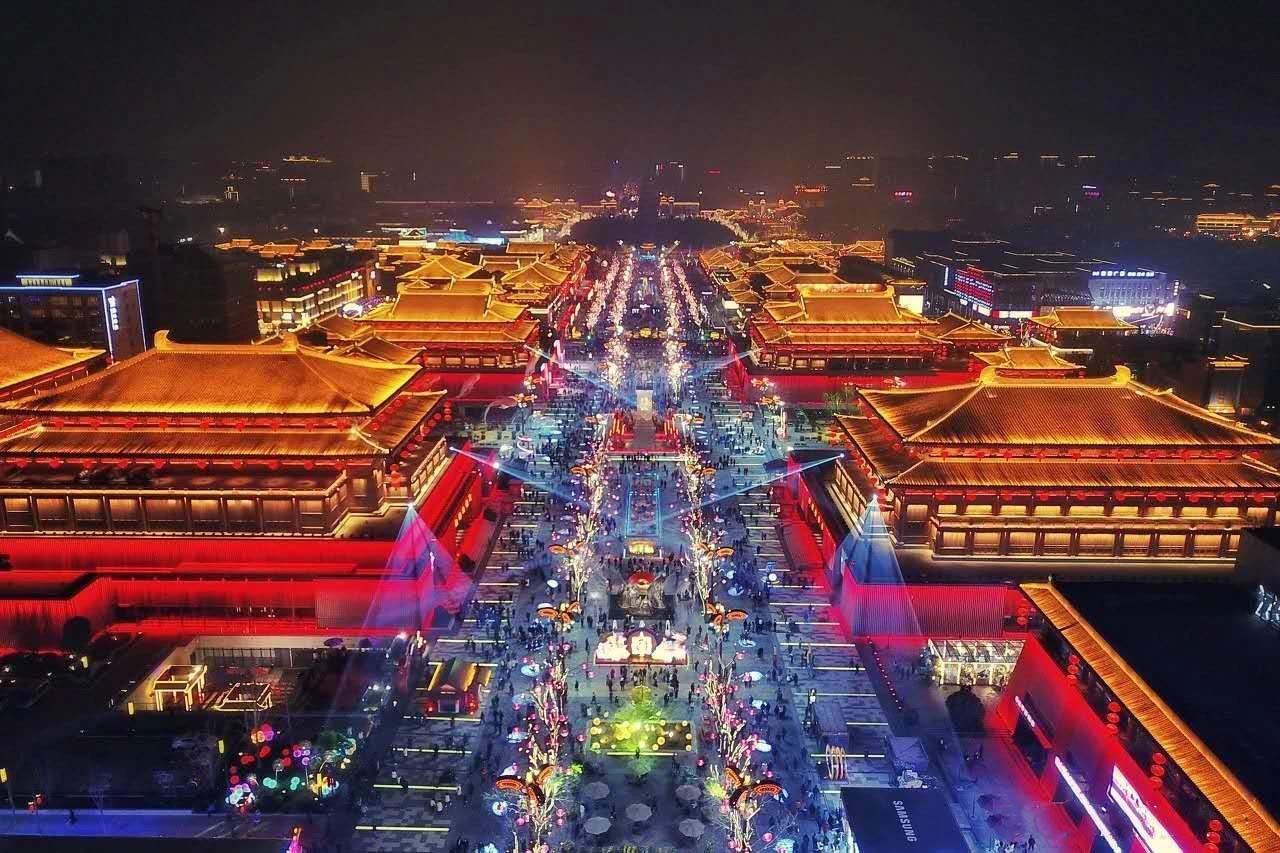
Side note: Shaanxi is not only a cultural hub, but also a business focal point in Northwestern China. If you're thinking of starting a business in China, ensure you engage a reputable local agent to help you understand and navigate the unique cultural and legal landscape.
1. Terracotta Warriors (Emperor Qin Shi Huang Mausoleum Museum)
Map | Website
Price: 120 yuan (1 ticket for all exhibits)
Considered to be the 8th Wonder of the World and one of the greatest archaeological discoveries of the 20th century, this series of 6,000+ life-sized Terracotta Warriors are over 2,000 years old. While digging a well in 1974, local farmers stumbled upon broken pieces of terracotta. After a year of investigation and excavation, 3 large pits were uncovered and identified as the mausoleum for Qin Shi Huang, capturing the world’s imagination and throwing new light on the history of China’s first emperor (221 - 206 B.C.). The site was recognised on the UNESCO World Heritage List in 1987.
Carved with intricate detail, warriors carry real bronze weapons, standing in formation along with horses and war chariots. 2 large bronze horse-drawn chariots were unearthed in 1980, found in 3,000 pieces. Over 8 years, cultural relic experts restored these amazing pieces of art and now they are on display for the public in a new museum.
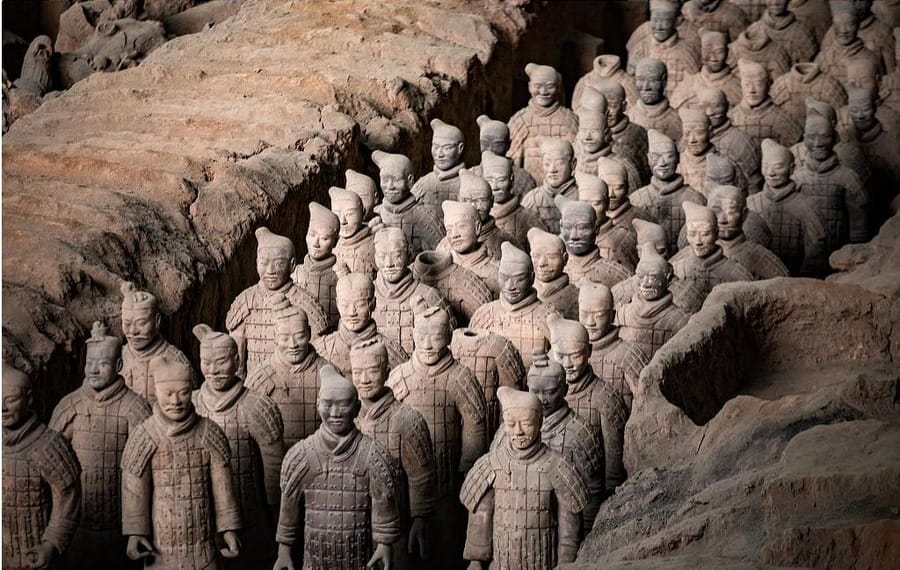

The Terracotta Warriors are definitely the most widely recognised icon in Xi’an and the most popular thing to do in Shaanxi, but there’s a lot more to the city and province. Let’s keep looking.
2. Huaqing Palace (Huaqing Hot Spring & Lishan Mountain)
Map | Website
Price: Adult: 120 yuan, Child (<1.2m): free, Student: free
Located 30km east of Xi’an, near the Terracotta Warriors museum, this profoundly historic spot set against the backdrop of towering Lishan Mountain, is the site of several palaces and geothermal heated hot springs. With a documented history of almost 3,000 years, this now-protected site was used by the emperors of the Zhou, Qin, Han, Sui, and Tang dynasties.
Huaqing Palace saw the downfall of King You, the last of the Western Zhou Dynasty in 771 B.C. in a story that parallels the ancient Greek fable “The Boy Who Cried Wolf”. In 1936, it was also the site of the political crisis known as the “Xi'an Incident”, when 2 generals detained the country’s leader in an attempt to end a civil war.
The sprawling palace complex covers 85,560 square metres and includes a series of museums, halls, towers, bridges, temples, gardens and landmark buildings which pull back the curtain on the complex history of this location.
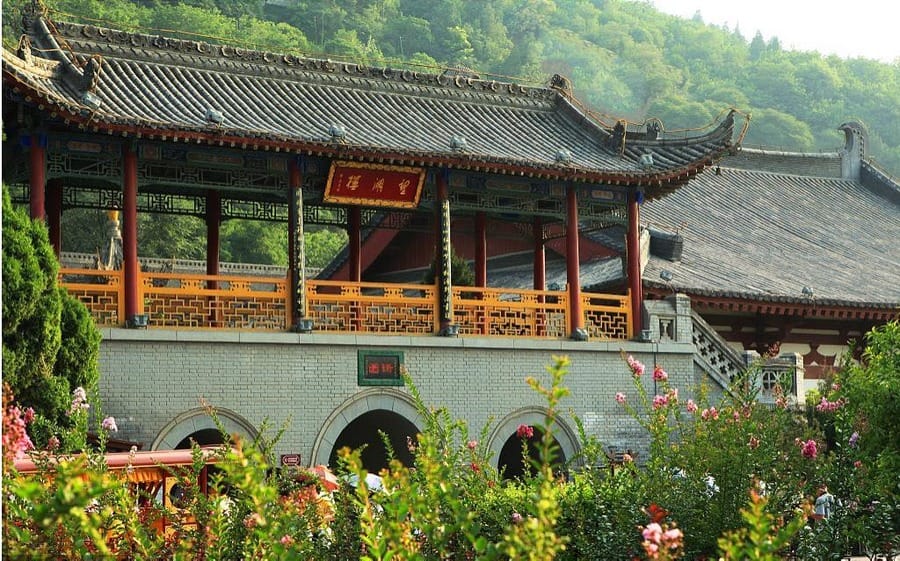
To bring one of the historical events to life, a nightly large-scale live performance called “The Song of Everlasting Sorrow” recounts the powerful love story between Emperor Xuanzong and his favourite concubine, Lady Yang. The 70-minute landmark show is presented on Nine Dragons Lake, using cutting-edge sound and lighting technology.
- Schedule: 1 April - 31 October
- Performance times: Thurs - Sat: 8:10 - 9:20pm, 9:40 - 10:50pm; Sun - Wed: 8:30 - 9:40pm.
- Price: from 238 yuan (up to 988 yuan for VIP area).
- Tickets: buy from the main palace ticket desk.
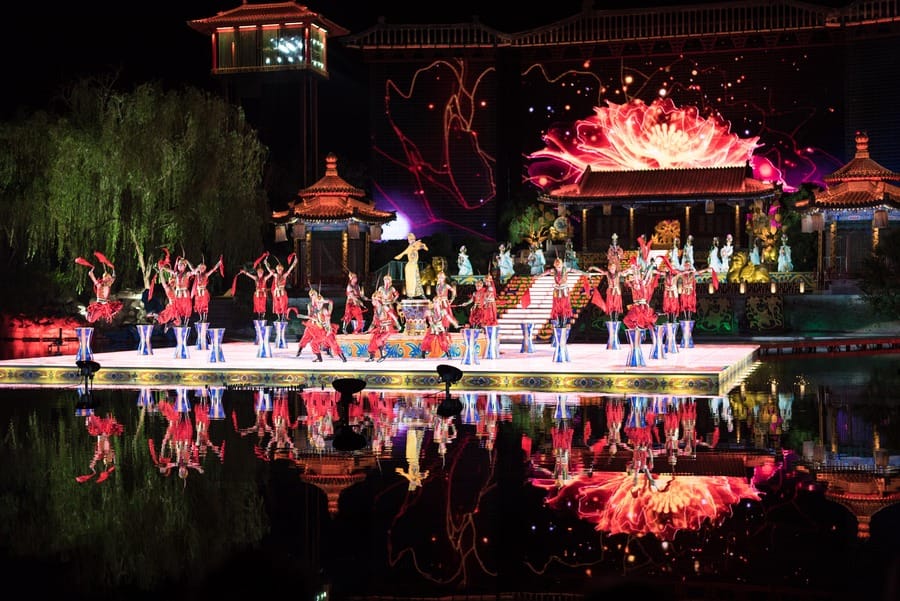
3. Giant Wild Goose Pagoda
Map
Price: Entrance to Daci'en Temple: 50 yuan, Ascend the pagoda: 30 yuan extra
Situated within Daci'en Temple, this structure was built in 652 A.D. for the famous Buddhist monk, Xuanzang, to translate Sanskrit scriptures obtained from India. At 27 years old, he embarked on a 17-year journey along the Silk Road, crossing through 100 countries, to explore India and eventually return back with 657 sacred texts on a caravan of 20 packhorses. These provided fundamental contributions to Chinese Buddhism.
Remarkably, the storeyed pagoda is constructed with layers of brick, yet without any cement. Over the centuries the structure has been repaired and renovated, surviving war and earthquakes. Now visitors can see and climb this architectural marvel.

Situated in the North Square of the Giant Wild Goose Pagoda, the largest musical fountain in Asia entertains visitors every evening for free. Using high-tech lighting and audio systems, the fountain’s water streams are synchronised to create a magical experience.
4. Small Wild Goose Pagoda
Map
Price: Free entry, 30 yuan to climb the pagoda
Built in 707 A.D. this structure is located within Jianfu Temple, and was previously called “Jianfu Temple Pagoda”. Its purpose was to store Buddhist sutras that monk Yi Jing brought from India.
Along with its predecessor, the Giant Wild Goose Pagoda, these are the most important Buddhist pagodas constructed in the Tang Dynasty, and serve as the icon for Xi’an.
An earthquake in 1556 A.D. damaged the pagoda and the upper 2 tiers toppled off, leaving just 13 of the original 15 intact. It’s still remarkably well-preserved inside and visitors can climb a narrow wooden stairway to the top – although the ascent is not recommended for those in poor physical condition or children.
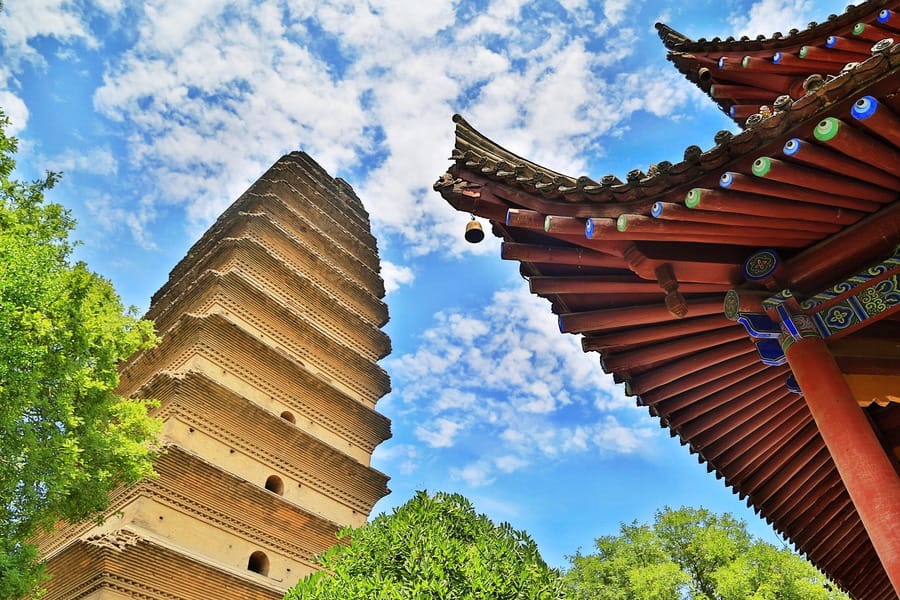
5. Xi’an Museum
Price: Free entry (maximum of 3,000 visitors per day, so go early)
Located within the Jianfu Temple, the museum’s collection includes 130,000 artifacts displayed over 5,000 square metres. Opened in 2007, the museum is famed for a large number of precious relics and landmark architecture incorporating manicured urban gardens.
Visitors explore the history of Xi’an and Shaanxi, its economy, social life, culture and trade, through paintings, precious artifacts made of gold and jade, imperial seals, calligraphies, statues and more.
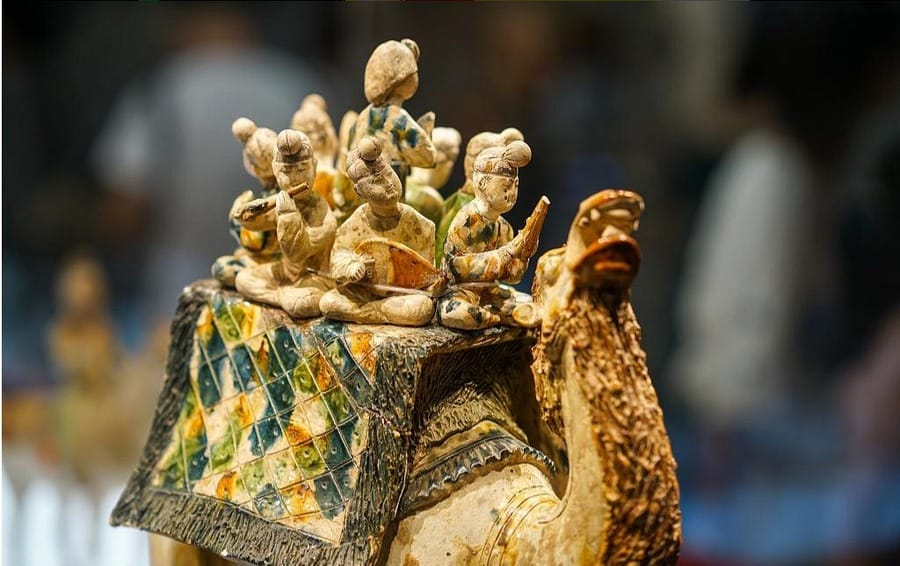
6. Xi’an City Wall (Fortifications of Xi'an)
Map
Price: Adult: 54 yuan, Child (1.2-1.4m): 27 yuan, Child (<1.2m): free
Xi’an’s city walls are one of the oldest and best preserved in China. Construction started in 1370 A.D. during the Ming Dynasty and became one of the largest ancient military defence systems in the world
Standing 12 metres in height and stretching 13.7km around the city centre, traffic passes through 4 main gates - East (Changle Gate), West (Anding Gate), South (Yongning Gate), and North (Anyuan Gate).
The walls can be explored day or night on foot, by bicycle or an electric sightseeing car. The recommended walking route takes around 4 hours to complete. Visitors are rewarded with beautiful views of the Bell Tower, Drum Tower and ancient city centre.

Exploring the city wall would not be complete without the unmissable night-time performance called “Chang’an Impression - Tang Dynasty Grand Welcome Ceremony”. Set in the South Gate Cultural Etiquette Square, the theme of the 60-minute dance show is etiquette from the Tang Dynasty.
- Schedule: 1 April - 1 November
- Performance times: Tues - Sun: 8 - 9pm
- Price: from 280 yuan (up to 1,280 yuan for VIP area), Child (<1.2m): free – City Wall ticket included.
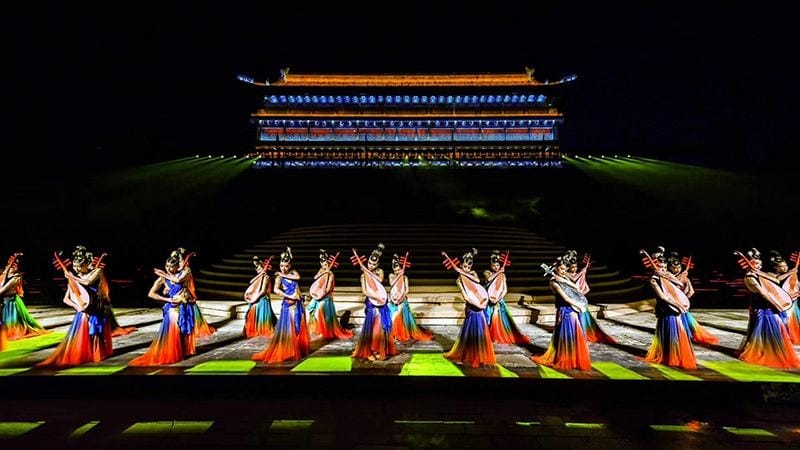
7. Hukou Waterfalls
Map | Website
Price: Adult: 90 yuan, Child (1.2-1.5m): 45 yuan, Child (<1.2m): free, optional sightseeing car (round trip): 40 yuan per person
As the only yellow waterfall in the world, this site frequently appears in Lonely Planet and National Geographic. Located 350km northeast of Xi’an, the fast-flowing Yellow River snakes through the narrow Jinxia Grand Canyon ending in a 15-metre-high thunderous waterfall that resembles a teapot spout (“hukou” in Chinese). The width of the turbulent falls is typically around 30 metres but extends up to 50 metres during flood season.
The best time to visit this natural attraction is April - May and September - November. During winter the waterfall transforms into silvery ice.

8. Hua Shan Mountain
Map | Website
Price: Standard entry: 180 yuan, Student: 90 yuan, Cable car: 150 yuan (return), Plank walk: 30 yuan, Chess pavilion: 30 yuan.
Get ready for an adrenaline rush! Hua Shan Mountain, conveniently located about 120km east of Xi’an, is considered one of the “Five Great Mountains of China”… and the most dangerous hike in the world.
The main attraction is an optional 3-part 100-metre Plank Walk perched above a seemingly bottomless ravine. Protruding from the side of the mountain, the 700-year-old walkway is built with wooden rafters and iron chains… and no guard rail. Climbers, secured with a safety harness, must cling to the vertical rock face and take one slow breathtaking step at a time, including navigating a portion that is only 0.3 metres wide!
Each of the mountain’s 5 peaks offers something different, with the best sunrise view at East Peak (2,100m).
Taoists believe the god of the underworld lives inside the mountain. Multiple temples and shrines, some originating from the 2nd century B.C. are dotted around the landscape. For centuries, the sacred location was only visited by local pilgrims, emperors, and those seeking powerful Chinese herbs believed to offer immortality. More recently, local tourists started visiting in the 1980s and the first cable car opened in the 1990s, allowing visitor numbers to the North Peak to surge. In 2013 a second cable car to the West Peak opened.

9. Yongxing Lane
Get a taste for Shaanxi culture… literally.
Yongxing Quarter is one of the most famous food streets in Xi'an. Yongxing Quarter primarily serves budget-friendly delicacies from Southern Shaanxi, Northern Shaanxi and Guanzhong. This area has been voted as one of the “Top Ten Gourmet Blocks” in China thanks to its wide range of specialty snacks from Yulin, Yan'an, Baoji, Xianyang, Hanzhong, and Ankang.
Beyond the food, you can find cultural performances such as shadow puppets, singing and dancing, local artisan products, tourist souvenirs and folk art. It’s the easiest way to experience the full range of Shaanxi’s culture all in one spot.
Tip: use WeChat Pay to make transactions much smoother.

Here are 4 essential local foods to try in Xi’an:
Yangrou/Niurou Paomo
Originating in the 11th century B.C. this warm, rich, thick soup is created with strips of beef and mutton and other ingredients like ginger, bay leaves and fennel seeds. After being slow-cooked for an extended period, the final step before serving is adding crumbled flatbread, giving a distinctive appearance and morish flavour.
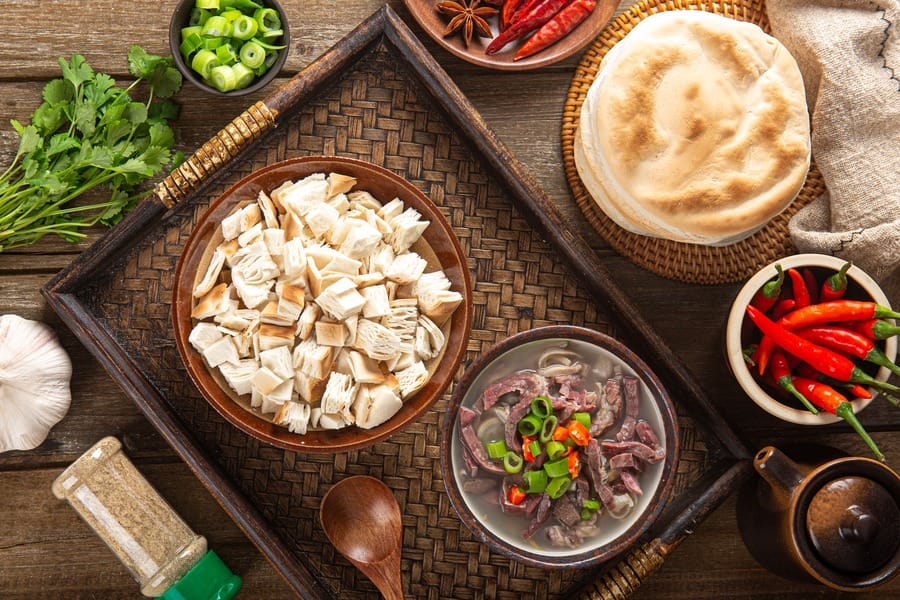
Zeng Gao
This sticky, sweet vegan-friendly dessert is formed with layers of dates, soybeans, and sticky rice. The ancient dish is steamed slowly using a “Zeng” pot, where it derives the name. Peanuts and preserved fruits can be incorporated to create a fragrant pudding-style dish that will have you coming back for more.

Rouwan Hulatang
Also known as “spicy pepper soup with meatballs”, this is a popular Muslim snack or breakfast dish originating from the Hui people in Xi’an. The stewed meatballs are added to a broth made with cabbage, carrots, beans and potatoes, topped with chilli and served with a flatbread called “tuo tuo mo”. 2 other similar dishes are found in Xi’an – diced pork spicy soup (served with fried dumplings), and vegetarian spicy soup (served with deep-fried dough stick).
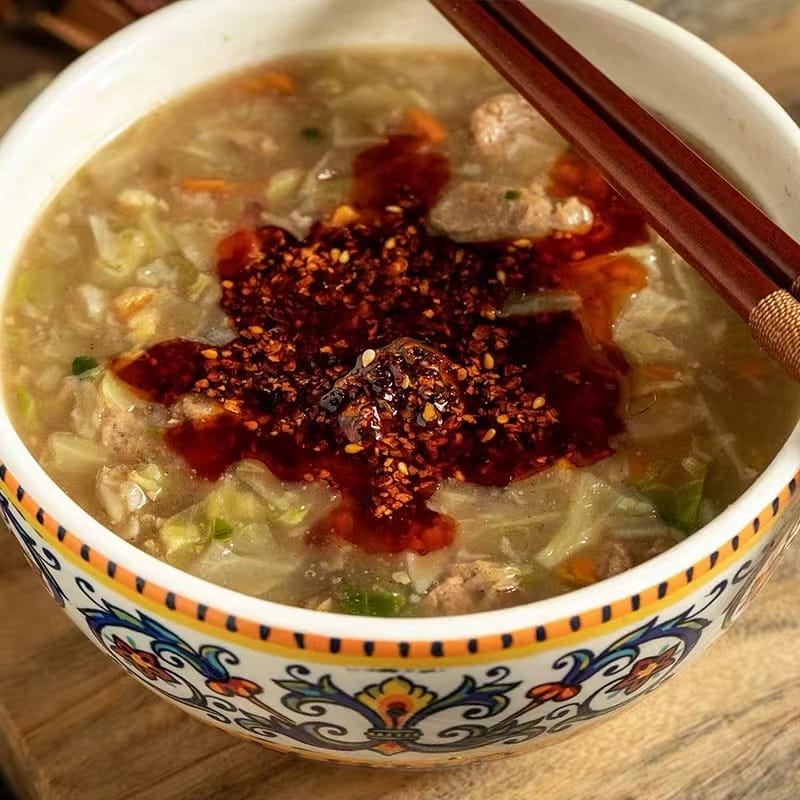
Xi’an Buckwheat Noodles
The most common type of noodle in northern China is buckwheat, but this dish unique to Xi’an incorporates thinly sliced beef or lamb, smoky tofu, coriander and spring onions. A sauce made from soy sauce, chilli oil and pepper is added at the end. Grown in alpine regions, buckwheat is milled and mixed with water to produce a dough that is pressed into long brown noodles and boiled immediately.

10. Drum Music Performance
Known as the “living fossil of ancient Chinese music”, Xi’an drum music has its roots in the Tang and Song Dynasties. This well-preserved folk music genre offers performances that are inspired by the ancient agricultural-based society – including “begging for rain”, “inviting the dragon king”, “fetching water” and more during the annual Spring Festival.
The best place to watch a riveting live 1-hour performance is the Drum Tower in central Xi’an.
- Schedule: all year
- Performance times: daily at 9:10am, 10am, 11am, 3pm, 4pm and 5pm.
- Price: 35 yuan (or 50 yuan for a joint ticket for Drum & Bell Tower), Try drum: 5 yuan
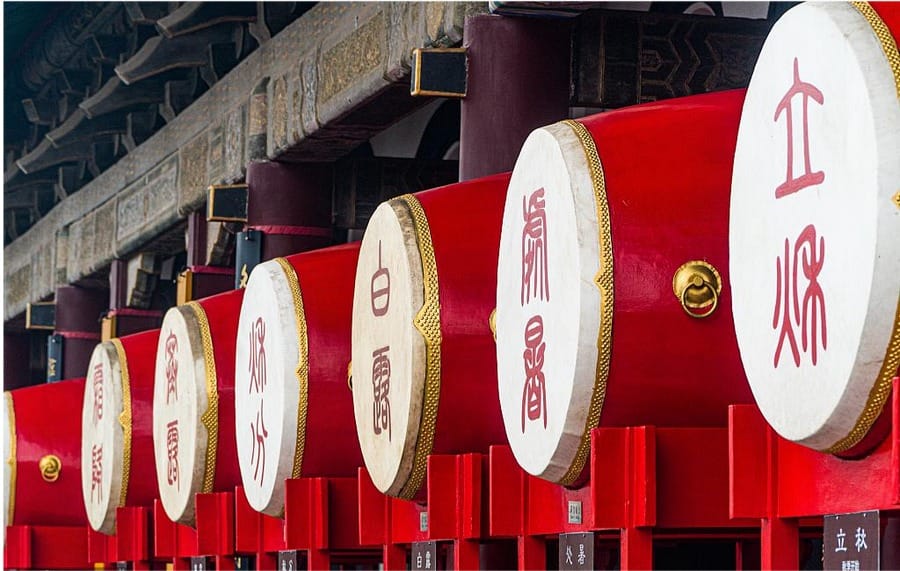
11. Shadow Puppet Show
For thousands of years, shadow puppet shows were used across China as a form of entertainment and education. Originating in Xi’an during the Han Dynasty, this traditional artform projects exquisitely detailed donkey or cowhide cut-outs, controlled with thin sticks, onto a screen or wall, accompanied by music.
The best place to watch a shadow puppet show in Xi’an is Gaojia Courtyard.
Dating back over 400 years and consisting of 86 houses spread over 2,500 square metres, Gaojia Courtyard is the former residence of the well-respected scholar-official, Gao Yuesong. The mansion was gifted to him by Chongzhen Emperor. As one of the best-preserved residential courtyards in Xi’an, it allows visitors to step back in time and experience a wide range of cultural activities like shadow puppets, paper cutting, painting, music, tea tasting, calligraphy and more.
- Schedule: all year
- Performance times: daily between 10am – 9pm.
- Price: 15 yuan admission (various packages, up to 110 yuan, available depending on desired activities)
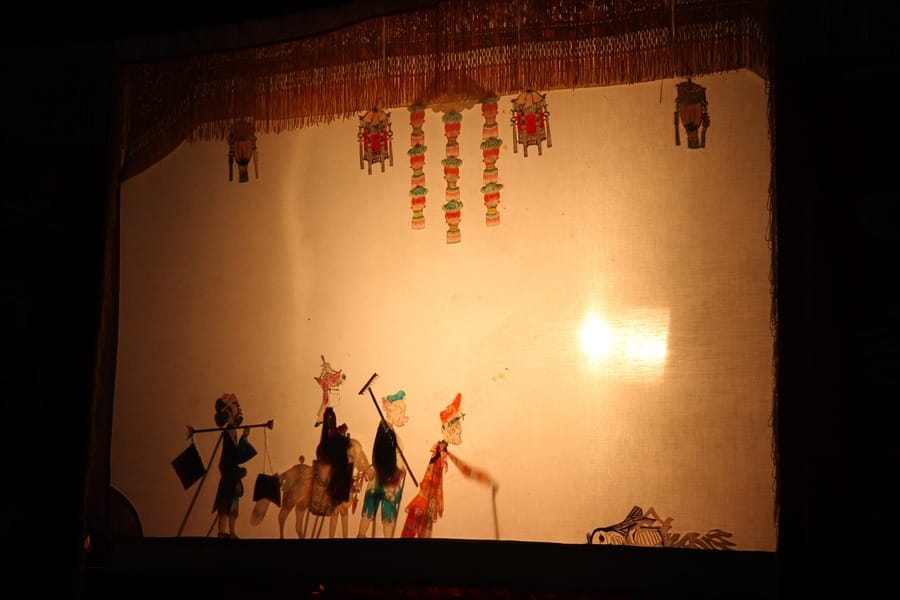
12. Paper Cutting Folk Art
Traditional paper cuttings are used as decorations to adorn windows, walls, doors, pillars, mirrors and lamps. Typically made with red paper to represent prosperity, these can be given as gifts to loved ones, to convey wishes for wealth, health and long life, especially to celebrate the Chinese New Year.
The most sophisticated paper cuttings can be found in Huyi District, 40km southwest of Xi’an. However, if you are staying around the city centre, the previously mentioned Gaojia Courtyard offers the opportunity to try paper cutting – you simply use a piece of paper and a knife or scissors. While it may look easy at first, to master this craft takes years of practice and dedication.
What will you create?
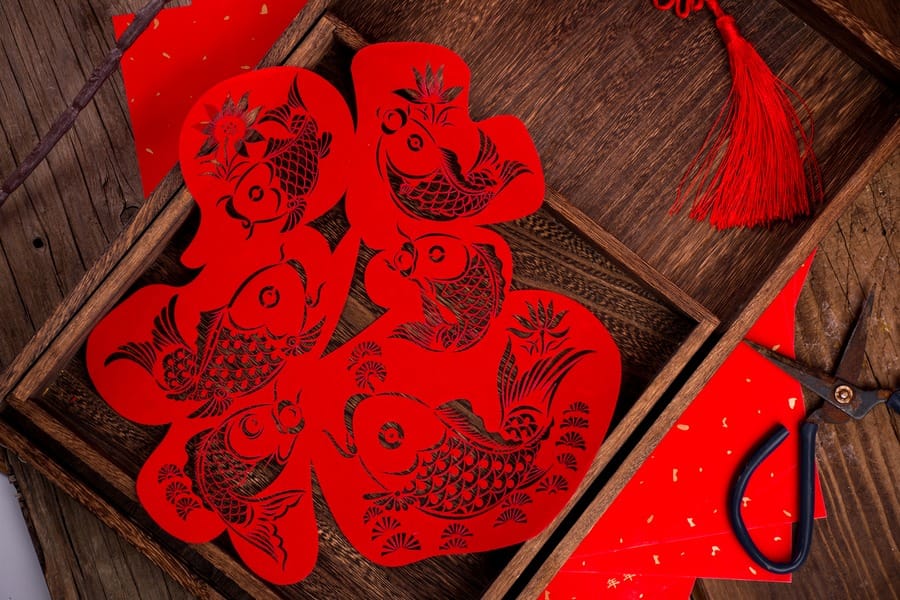

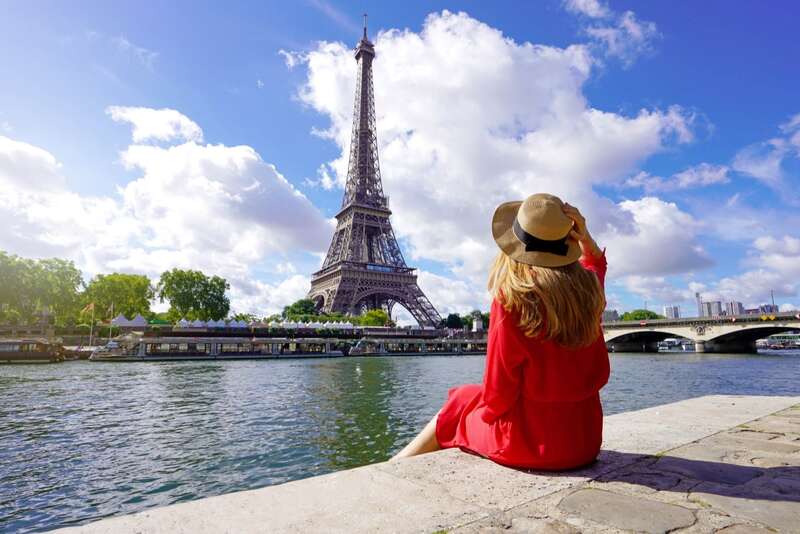

Reader Comments...
"I respond to every comment by direct private email. I look forward to your feedback" - Josh BenderHighly informative article. This website has millions of info and it’s helpful for us…..thank’s for sharing this amazing read
nice blog
Nice blog thank you for sharing this information. Keep share like this
Very helpful information. Thanks for sharing with us.
Thanks for the information shared. Keep updating blogs regularly.
nice post thank you for sharing
Write Your Comment
Please DO NOT include links, URLs or HTML in your comments - they will be automated deleted and you will waste your time.